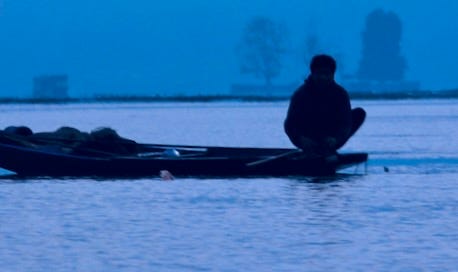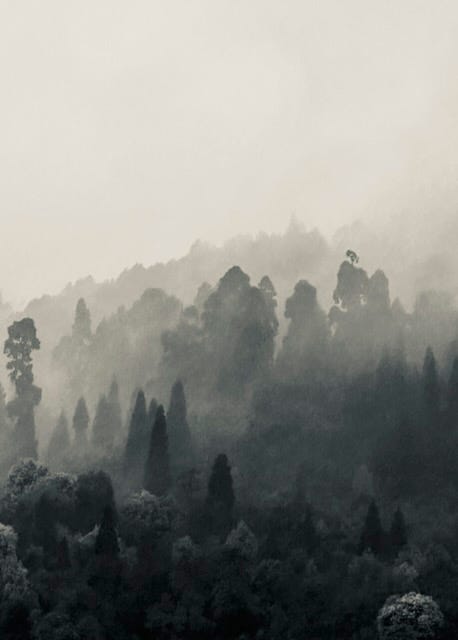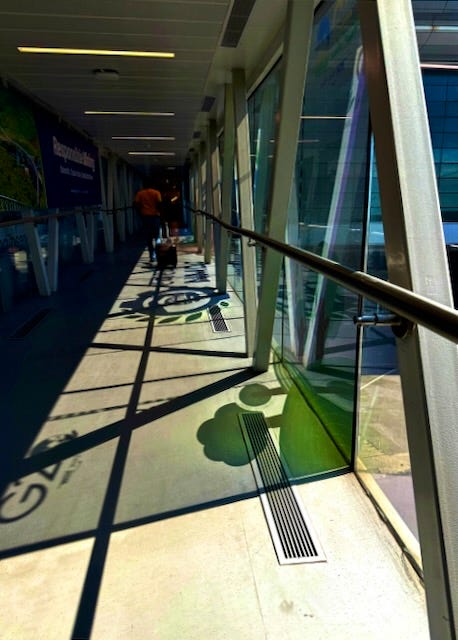Today I will present Shital Morjaria the author of Living Pictures. Shital is a photographer, digital news editor, indie filmmaker & creator of a contemporary women’s TV show.
1. Why photography?
My photography journey has been a deeply personal one. I picked up the camera at a time when I was faced with some personal challenges. Like most others, I started photographing my surroundings, the streets and later got into travel photography. Eventually I started to explore and experiment. Over the years, photography for me has become a means of self-discovery and a source of comfort.
2. What is your favourite gear (camera, lens)?
There is this story about Arnold Newman, the famous American photographer, who I really like. He was once asked by a man about the kind of camera he used so that he could buy his son the same one. Newman’s answer was: the one in my head. I think I have made my point with this.
To answer your question: I use my iPhone mostly on an everyday basis. I use a Canon 80D with some basic lens when I travel. I love Olga Karlovac’s abstract street work. I find it inspiring that she uses the Ricoh series for her work. A few months back, I got a Ricoh GR III but haven’t gotten around to use it yet. I must emphasise that I am more interested in the “why” than the “how” in my photography journey.
3. What are your favourite subjects to photograph?
I don’t like to define my photography by one single genre since I find that restricting. Having said that, I must also admit that of late, I’m drawn towards capturing huge urban landscapes involving minimalist human presence and of course sights in nature. My approach to photography is fluid, spontaneous, and ever-evolving. I like to experiment and explore.
4. Can you name a few of your favourite photographers?
There are many photographers from around the world that I admire. However, I would specifically like to mention Indian photographers who have inspired me: Dayanita Singh, Serena Chopra, Sooni Taraporevala and Raghu Rai.
If you are keen to know and understand the history of India, then you must see Raghu Rai’s work. Some tend to foolishly disregard him, but you cannot take away the fact that he has photographed India for decades unlike others.
I love the way Dayanita Singh has redefined what a photobook can be. She has challenged the traditional boundaries between the museum space, photography and literature with her own movable museums.
Serena Chopra’s Bhutan series is a fascinating body of work produced over a period of twelve long years. Through her photography she captured the lives of the Bhutanese people amidst the nation’s transition from a monarchy to a democracy.
Sooni Taraporevala, who is also a film maker, is my favourite photographer. I absolutely love her documentation of the Parsi community and her photographs of Mumbai city which span over 40 years.
These are incredible works of photography that I keep going back to.
5. What can Substack community expect from you/yout publication in the future?
I do not have specific plans as yet for my publication Living Pictures. Right now, I am quite content with sharing my photographs and diverse thoughts around them on Substack.
Plus, I write about photography on another platform every week and so that’s two new different pieces of content. I also have a demanding full-time job in the media which makes me feel that I am pressed for time always. But who knows as life changes all the time! I might explore the podcast feature on Substack at some point, I feel this is a great platform to launch it.








perfectlight, thanks very much for doing this! It was great to put down my thoughts about photography around the questions you posed.
Love it! Welcome to the Ricoh GR 3 community, Shital. Doing a podcast is a great idea.